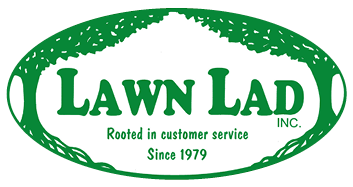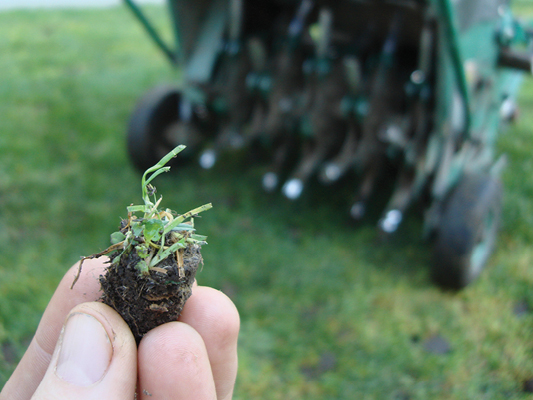One of the most beneficial things you can do for your lawn is aerating. Aeration is the process of mechani cally removing soil cores from the top 2 to 3 inches of the soil profile and leaving them on top of the turf. The soil cores break down over a period of two to three weeks and provide many benefits.
Positive results
Opening up the surface of the soil improves air exchange, reduces soil compaction and increases fertilizer absorption by the roots. The most significant benefit of aerating is reduced soil compaction. This immediately improves water absorption, reducing water run-off and puddling that leads to moss devel opment. Soil microbes in the soil cores are left on the lawn to help break down and control thatch (the layer of dead material between the green grass and soil). Aeration also improves root development, making the turf more drought and pest resistant.
Frequency
Aerating once per year is often all that is needed. However, lawns that have moss, are in high traffic areas, or have heavier clay soils may need additional aerations to manage compaction and improve soil drainage. Aerating is recommended when renovating a lawn before seeding, and in conjunction with verti-cutting.
Aerating in the spring after a pre-emergent herbicide has been applied will not reduce the efficacy of the pre-emergent application. Field tests conducted by Ohio State University have demonstrated that aerating does not reduce the efficacy of a pre-emergent to a point that would lead to a decision not to aerate based on this question alone. Therefore, timing for aerating in the spring versus the fall is not an issue. Aerating when the lawn is actively growing and will respond to the positive benefits of aerating is most important.
Part of the package
We include aeration in all of our Turf Care Packages.

